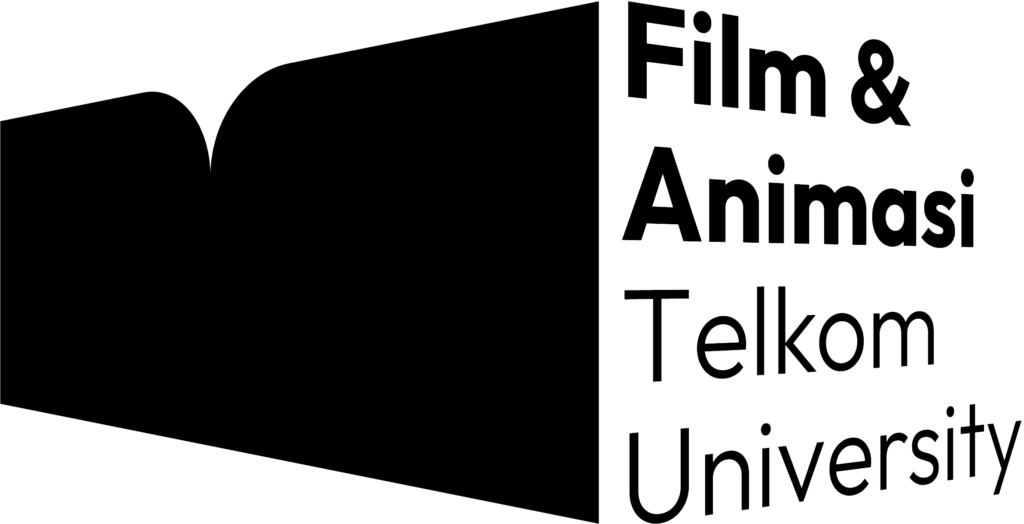
Building Visual Stories: Film and Animation from Scratch
Behind the Scenes of the Stories We Love

Film and animation are not just entertainment, they are windows into worlds built from imagination, emotion, and human experience. Within every touching scene, in each dialogue that brings characters to life, lies a long process that is often unseen by the audience. The journey of a creative work does not begin when the camera rolls or when characters are drawn, but far earlier from a small seed of an idea that holds great potential.
That idea cannot be turned into a finished work right away. It must first be explored, tested, and strengthened through various narrative, visual, and technical considerations. This process relies on collaboration between individuals with different areas of expertise, and an environment that nurtures creativity and persistence. Ideation is a crucial stage where story logic, visual aesthetics, and production readiness are brought together.
Therefore, this article will explore in depth how the creative process in film and animation begins from idea exploration to becoming a visual work that moves millions. In addition, this article highlights the essential role of education, especially institutions like Telkom University, in shaping skilled creators ready to contribute to today’s creative industry.
Unlocking Ideas: From Thought to Captivating Story

Before becoming a script and a series of images, a film or animation story begins with a fundamental question: “What do we want to convey?” The answer to this question can be a moral value, social commentary, or simply an exciting adventure. However, having an interesting idea is not enough. The process of idea exploration is essential to ensure that the idea can grow into a strong story worth visualizing.
Inspiration can come from many things, from everyday events to larger social phenomena. Studio Ghibli, for instance, often starts stories from observing daily life, then combines it with elements of fantasy. This shows that even ideas that seem simple can become something extraordinary, as long as there is deep thought involved.
Once the core idea is formed, the screenwriter begins to outline the storyline, develop characters, and define conflict dynamics. At this point, the story is designed to create a deep emotional experience for the audience. Meanwhile, storyboard artists start designing rough visuals for each scene, illustrating how the story will flow visually. This stage also involves technical considerations: is this story best told through expressive 2D animation, dynamic 3D animation, or live-action with rich visual effects?
The idea exploration process here is not only about choosing an interesting story, but also about determining the best way to tell it, both narratively and visually. All these elements work together to form the foundation of a story that will later be executed in film or animation production.
Building a Visual World: A Narrative That Is Seen and Heard

Once the story has a solid foundation, the next step is to bring that world to life through captivating visuals and audio. This is when interdisciplinary collaboration plays a crucial role in creating a cohesive piece of work.
Character designers are responsible for transforming the traits and backgrounds of characters into visuals that reflect their essence. For instance, an awkward character might be portrayed with a hunched posture and large eyes to show vulnerability, while antagonists are often introduced with sharp silhouettes and dark colors to create a frightening impression. The art director manages other artistic elements, such as color palette, visual tone, and the overall atmosphere that will shape the world within the film or animation.
Once the visual designs are approved, animators begin bringing the images to life with believable motion. They decide how characters walk, laugh, get angry, or even cry, using details that convey deep emotions to the audience. At the same time, the music team and sound designers work to create an equally important audio layer that enhances the story’s emotion and rhythm. Background music, sound effects, and fitting dialogue add an extra dimension to every scene.
All these elements are brought together and guided by the director and producer, who ensure not only that every technical aspect is executed perfectly but also that the core narrative remains consistent and strong. They are responsible for making sure that stunning visuals and moving sounds do not overshadow the story. Every decision is made carefully to ensure that all elements support each other, creating a complete cinematic experience that resonates with the audience.
Telkom University: Becoming a Film and Animation Creator Through Integrated Education

The Faculty of Creative Industries (FIK) at Telkom University provides space for aspiring creators to develop their potential in the fields of film and animation through the Film and Animation Program. This program is designed to equip students with technical skills in film and animation production, as well as the creative and conceptual abilities required to create inspiring visual works.
What sets the Film and Animation Program at Telkom University apart from similar programs at other universities is its approach that combines theory with hands-on practice in the industry. Students not only learn the techniques of film and animation production but also how to craft strong visual narratives, utilize the latest technology in production, and understand the dynamics of the global entertainment market.
The state-of-the-art facilities supporting the learning process include film and animation production studios equipped with advanced technology, such as digital editing rooms, animation laboratories, and sound recording equipment that supports the development of ideas into ready-to-release works. Additionally, students are also given the opportunity to collaborate across disciplines with other programs, such as visual communication design and multimedia, to enrich their learning experience.
Furthermore, experienced lecturers who are directly involved in the industry will provide insights and practical learning that are highly relevant to market needs, ensuring that students gain not only theoretical knowledge but also real-world experience from professionals.
With this holistic approach, the Film and Animation Program at Telkom University prepares its graduates to be ready to compete in the film and animation industry, as well as the rapidly evolving digital entertainment world.
Transforming Imagination into Reality: From Concept to Creation

The production process is a critical stage where all the elements that were planned earlier come together and are executed. This is where the alignment between details and creative vision is tested. The storyboard that has been prepared becomes the main guide for shooting or animating. Every movement, expression, and transition is carefully designed to ensure that the story flows naturally and supports the emotions that are meant to be conveyed.
Once production is completed, the post-production stage begins, which involves editing, sound mixing, adding visual effects, and refining the overall work. This is the point at which various elements—such as visuals, sound, music, and narration—are combined into one cohesive piece, ready to be presented to the audience. It is here that the idea, initially just a rough outline on paper, transforms into a complete work that can be enjoyed by viewers. Whether it’s a short film, an educational animation, or a long-running series, the final quality of the work is greatly influenced by the well-thought-out exploration of the idea at the initial stage, which sets the direction and strength of the story to be told.
Film and animation are reflections of imagination managed with discipline and dedication. Behind every stunning visual, there is deep exploration of ideas and a solid team collaboration process. This process begins with a clear understanding of the story, characters, and the world that is to be created, and then develops through technical and artistic stages that interact with each other. When education supports every aspect of this process thoroughly, as it is done Telkom University, a generation of creators is born who are not only able to imagine new worlds but also bring them to life as tangible works that can be enjoyed by many.



